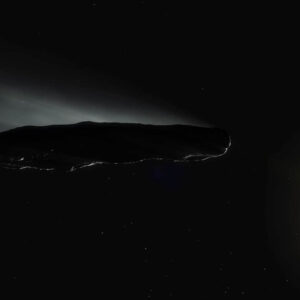The golden cape made entirely from the silk of more than a million female Golden Orb Weaver spiders stands as one of the most extraordinary textile achievements in history. Exhibited at London‘s Victoria and Albert Museum, this remarkable piece of cloth is a testament to human ingenuity and dedication. The story behind its creation is as captivating as the textile itself, revealing a journey filled with historical inspiration, meticulous craftsmanship, and scientific challenges.

In the realm of textiles, few creations rival the breathtaking beauty and complexity of the golden cape, an awe-inspiring artifact made from the silk of Golden Orb Weaver spiders. This textile not only represents a significant achievement in fabric production but also connects to a rich historical tradition of spider silk use. The cape, a product of five years of hard work and costing over £300,000, is now celebrated as a symbol of innovation and dedication in textile history.

Inspiration and Historical Background
The creation of the golden cape was inspired by a 19th-century French Jesuit missionary, Father Paul Camboué. Camboué’s pioneering efforts in extracting spider silk to make fabrics were groundbreaking, though his work has largely been forgotten. Camboué, alongside his partner M. Nogué, established a spider silk fabric industry in Madagascar, with one of their products showcased at the 1898 Paris Exposition. Their innovative methods and the idea of spider silk textiles provided the conceptual foundation for Simon Peers and Nicholas Godley’s project a century later.

The Crafting Process
Peers and Godley’s project began with the task of capturing the red-legged golden orb-web spider (Nephila inaurata), native to Madagascar and parts of Africa. These spiders were essential for producing the silk required for the golden cape. Over four years, the team collected silk from around a million female spiders, which they captured during the rainy season when the spiders were actively producing silk.
A significant challenge in this process was replicating an old silk-extraction device invented by M. Nogué. This hand-driven machine could extract silk from up to 24 spiders simultaneously without harming them. Peers managed to recreate this device, enabling the team to begin their intensive silk-harvesting process.

Scientific and Practical Challenges
Producing spider silk is fraught with difficulties. Spiders can become cannibalistic when housed together, making their management a challenge. Despite its incredible strength, flexibility, and lightness, spider silk is not easy to mass-produce. Researchers have explored alternative methods, such as inserting spider genes into bacteria or other organisms, but these efforts have yielded only limited success. The need to capture and harvest silk directly from spiders remains a significant hurdle in textile production.

Exhibitions and Legacy
The golden cape first made its debut at the American Museum of Natural History in New York before being showcased at the Victoria and Albert Museum in London. This stunning textile not only proved that spider silk could be transformed into a wearable fabric but also highlighted the potential for future innovations in textile technology.
[embedded content]The golden cape made from spider silk is more than just a marvel of textile engineering; it is a bridge between ancient traditions and modern scientific achievements. From its historical roots in the work of Father Camboué to the groundbreaking efforts of Peers and Godley, this textile stands as a symbol of human creativity and perseverance. While producing spider silk remains a complex and challenging endeavor, the golden cape demonstrates the extraordinary potential of natural materials and serves as a source of inspiration for future innovations in fabric technology.






